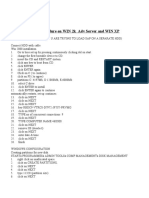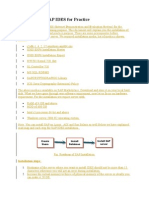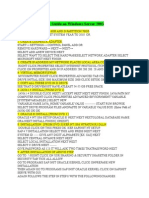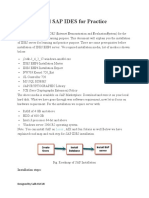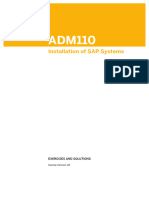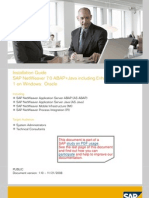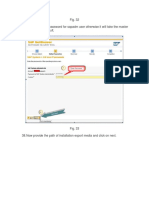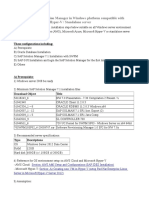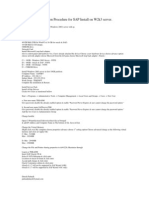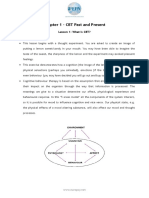0% found this document useful (0 votes)
25 views92 pagesR347ee Installation
The document outlines the prerequisites and step-by-step instructions for setting up virtual memory, installing a Microsoft Loopback network adaptor, Java JDK, Oracle RDBMS, and SAPGUI640. It provides detailed guidance on configuring each component, including system settings and installation processes. Additionally, it includes instructions for uninstalling SAP R/3 and stopping related services.
Uploaded by
aayushi.bhadauria23Copyright
© © All Rights Reserved
We take content rights seriously. If you suspect this is your content, claim it here.
Available Formats
Download as DOCX, PDF, TXT or read online on Scribd
0% found this document useful (0 votes)
25 views92 pagesR347ee Installation
The document outlines the prerequisites and step-by-step instructions for setting up virtual memory, installing a Microsoft Loopback network adaptor, Java JDK, Oracle RDBMS, and SAPGUI640. It provides detailed guidance on configuring each component, including system settings and installation processes. Additionally, it includes instructions for uninstalling SAP R/3 and stopping related services.
Uploaded by
aayushi.bhadauria23Copyright
© © All Rights Reserved
We take content rights seriously. If you suspect this is your content, claim it here.
Available Formats
Download as DOCX, PDF, TXT or read online on Scribd
/ 92







